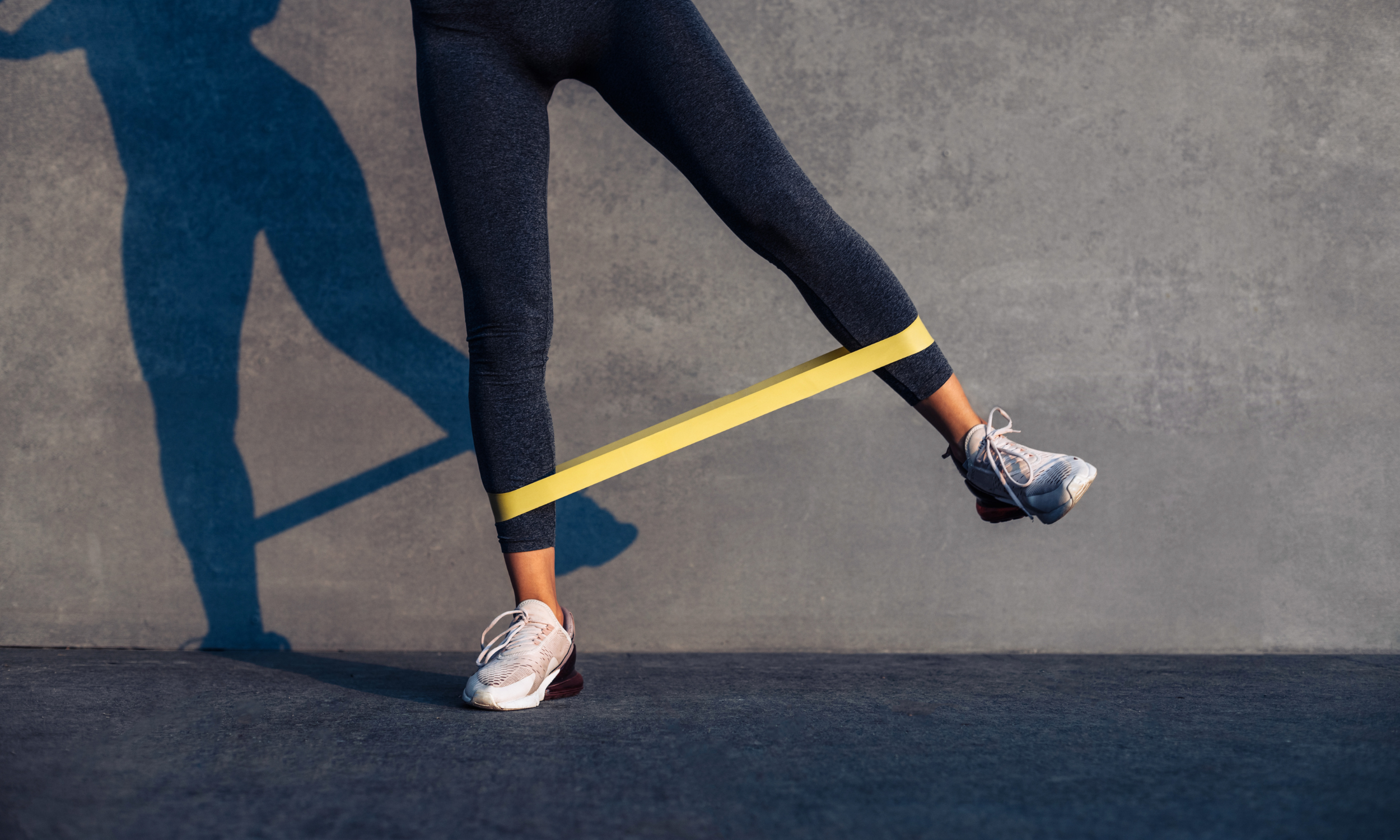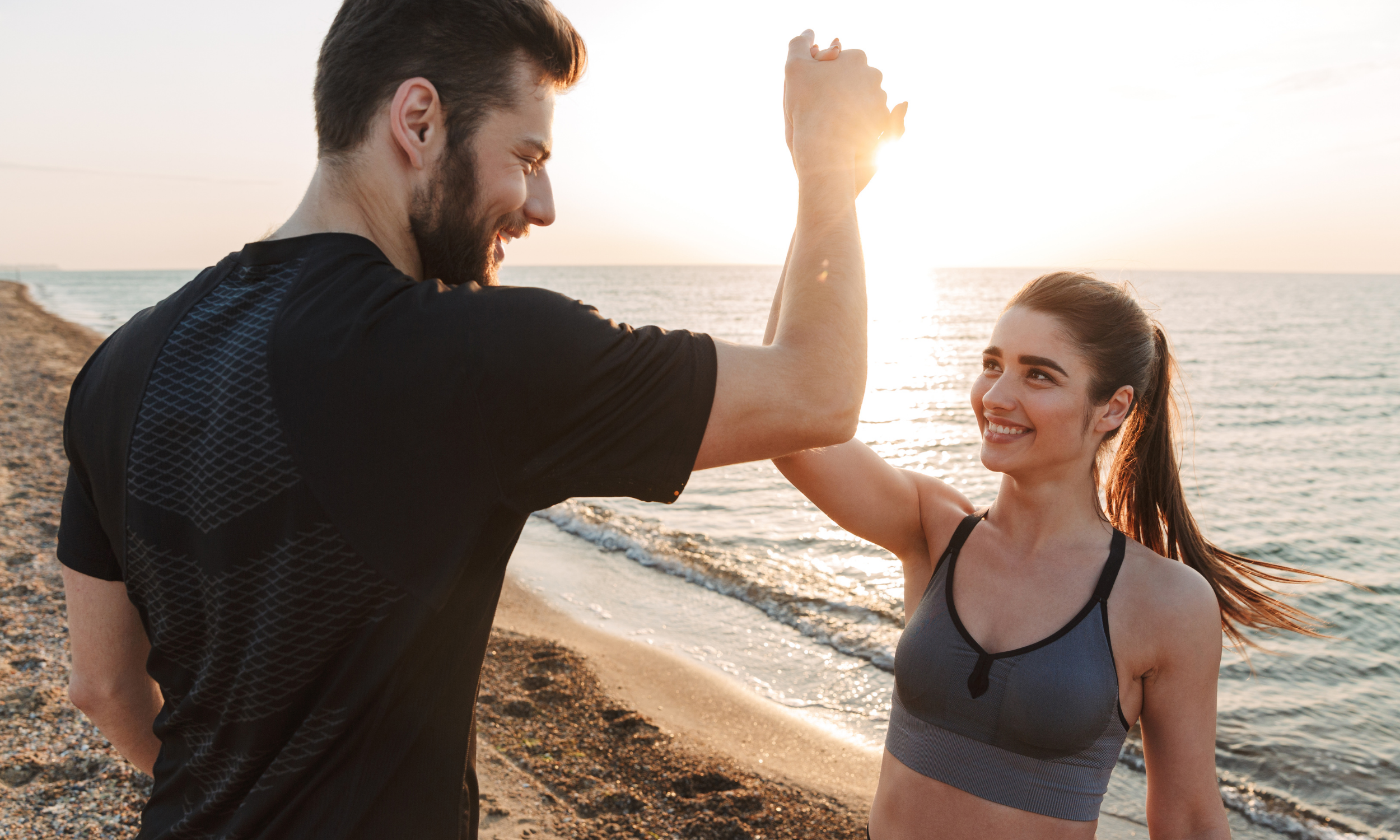Step-by-Step Rehab for Sprained Ankles: From Day One to Full Function
Rolled your ankle on the court, trail, or beach? You’re definitely not alone. Ankle sprains are one of the most common injuries we see at Good Vibes Physio on the Sunshine Coast — especially among runners, netballers, and weekend warriors.
The problem? Many people brush it off as “just a sprain,” rest for a few days, then jump straight back into sport — only to roll it again weeks later. Without proper rehab, that first sprain can turn into chronic ankle instability, stiffness, or long-term weakness.
The good news: With the right physiotherapy and exercise rehab plan, you can recover fully and even come back stronger than before. Here’s a step-by-step guide to help you manage a sprained ankle — from day one through to full return to sport — using the latest, evidence-based approach known as PEACE & LOVE.
Phase 1: The First 72 Hours — Embrace PEACE
The goal of this acute phase is to protect your ankle, control swelling, and support your body’s natural healing process.
P = Protect
Action: Unload or restrict painful movement for the first 1–3 days using crutches or supportive taping if needed.
Why: This prevents further ligament damage. Avoid complete rest for too long — gentle movement helps recovery.
E = Elevate
Action: Keep your ankle elevated above heart level as much as possible.
Why: Helps gravity drain excess fluid and reduce swelling.
A = Avoid Anti-inflammatories
Action: Skip ice and NSAIDs (like ibuprofen) early on.
Why: Inflammation kick-starts healing. Suppressing it may delay tissue repair. Paracetamol is fine if pain is severe.
C = Compress
Action: Use a firm bandage or ankle sleeve.
Why: Controls swelling and provides gentle support.
E = Educate
Action: Get guidance from a qualified physiotherapist.
Why: Understanding your injury empowers you to recover smarter. A physio can explain safe movement, timelines, and long-term prevention.
Physio Tip: Don’t stay completely still. If pain allows, gently “draw” the alphabet with your foot to promote circulation and keep mobility.
Phase 2: Later Recovery — Give Your Ankle Some LOVE
After pain and swelling settle, it’s time to rebuild movement, strength, and control.
L = Load
Action: Gradually reintroduce movement and controlled stress to the joint.
Why: Guided loading strengthens healing tissues and improves tolerance. Let pain guide your limits.
O = Optimism
Action: Stay positive and confident about recovery.
Why: Your mindset affects healing! Staying optimistic improves rehab outcomes.
V = Vascularisation
Action: Add pain-free cardio like walking, swimming, or cycling.
Why: Boosts blood flow, supports tissue repair, and lifts your mood.
E = Exercise
Action: Follow a structured exercise program prescribed by your physio.
Why: Targeted rehab restores mobility, strength, and balance — and prevents re-injury.
Strength & Stability Training
Goal: Rebuild strength in your ankle and lower-leg muscles.
Try:
Theraband resistance (inversion, eversion, dorsiflexion, plantarflexion)
Single-leg balance (progress from flat ground to foam pad)
Calf raises and toe walks for control
Your physio will progress exercises safely to build lasting ankle stability.
Proprioception & Control
Goal: Retrain your ankle’s balance and coordination.
After a sprain, your body’s “position sense” (proprioception) can be impaired. Use:
Single-leg balance with eyes closed
Wobble or BOSU board drills
Agility steps, side hops, or gentle jumps
These restore neuromuscular control — vital before returning to sport.
Return to Sport & Full Function
Goal: Regain confidence and performance.
You’re ready to return when you can:
✅ Hop pain-free
✅ Sprint, cut, and change direction with control
✅ Jump and land evenly on both feet
Your physio will complete functional tests to confirm readiness and guide a safe return to sport or running.
Bonus: Prevent Future Ankle Sprains
Warm up before training
Strengthen calves, glutes, and core
Train on varied surfaces
Replace worn-out shoes
Keep balance drills in your routine
When to See a Physio
Book an assessment if your ankle:
Swells or bruises heavily
Can’t bear weight after several days
Feels unstable or keeps giving way
Early physiotherapy helps you heal faster and reduces the risk of chronic ankle instability.
Recovering from a sprained ankle isn’t just about waiting for the pain to fade — it’s about rebuilding confidence, strength, and balance so you can move freely again.
At Good Vibes Physio, we create tailored ankle rehab programs designed to help you:
✅ Reduce swelling and pain safely
✅ Regain full strength and mobility
✅ Prevent future sprains or instability
Whether it’s your first ankle sprain or your fifth, our physio team will guide you from pain to performance — step by step.
Book your ankle rehab session at Good Vibes Physio, Sunshine Coast, and start your recovery the right way.





